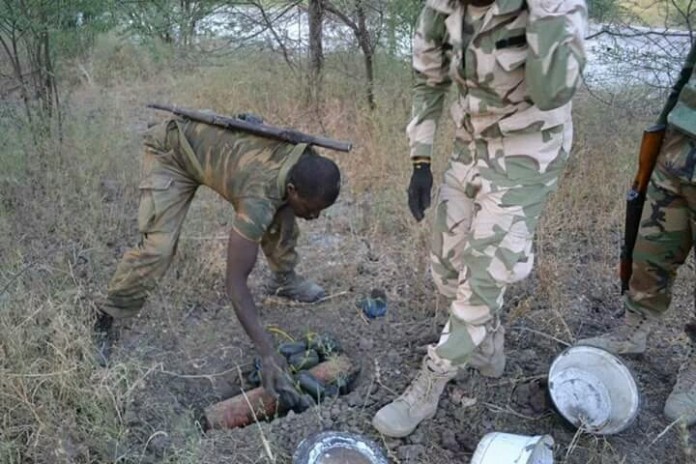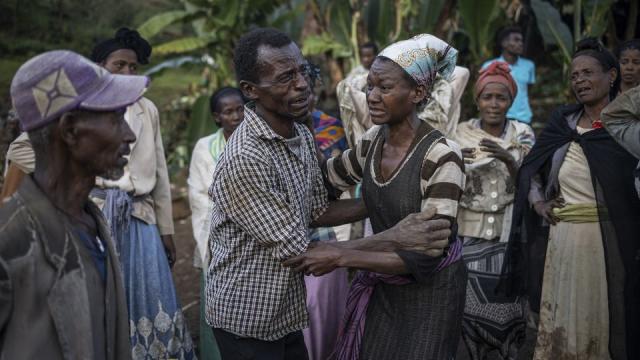
In a race against time to rescue the critically endangered northern white rhinoceros from the brink of extinction, conservationists are employing innovative techniques and international collaboration to give this majestic species a fighting chance at survival.
The northern white rhino, with its majestic presence and gentle demeanor, has been pushed to the verge of extinction due to relentless poaching and habitat loss. At present, only two known individuals remain on Earth, both females: Najin and her daughter, Fatu.
They reside in Ol Pejeta Conservancy in Kenya, under 24/7 armed guard protection.
With no male northern white rhinos left, conventional breeding efforts are futile. However, a glimmer of hope shines through scientific advancements and the unwavering determination of conservationists.
One groundbreaking strategy being pursued is in vitro fertilization (IVF) and artificial insemination. Scientists are collecting eggs from Najin and Fatu, and then using preserved sperm from deceased northern white rhino males to fertilize these eggs.
The resulting embryos can then be implanted in surrogate southern white rhinos, a closely related subspecies.
Another avenue being explored is the use of southern white rhinos as surrogate mothers. This technique allows the last vestiges of northern white rhino genetics to be passed on even if the remaining females are unable to carry a pregnancy to term.
Genetic material, including sperm and egg cells, from deceased northern white rhinos is meticulously stored in cryogenic facilities. This genetic banking preserves the species’ genetic diversity and serves as a potential lifeline for future breeding efforts.
These pioneering approaches are bolstered by international cooperation among governments, conservation organizations, and rhino experts. The collaboration leverages expertise, resources, and funding to maximize the chances of success.
In addition to scientific endeavors, intensive protection measures are in place to shield Najin and Fatu from the persistent threat of poaching. Armed guards and secure enclosures ensure their safety, while stringent anti-poaching efforts aim to curb the demand for rhino horn.
Fundraising campaigns and public awareness initiatives are crucial components of this rescue mission. Conservation organizations tirelessly advocate for financial support and policies that safeguard rhino habitats and combat poaching.
While the challenges remain formidable, the efforts to resurrect the northern white rhino represent a testament to humanity’s commitment to preserving Earth’s biodiversity.
Success in this endeavor would not only save a species but also provide valuable insights and techniques for conserving other endangered wildlife, offering hope for a more harmonious coexistence between humanity and the natural world




